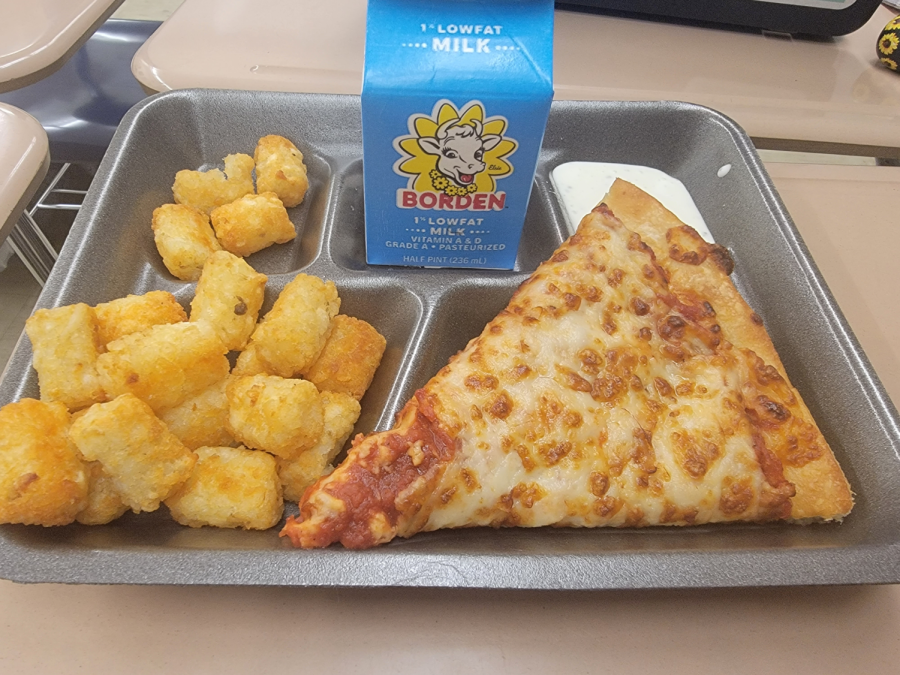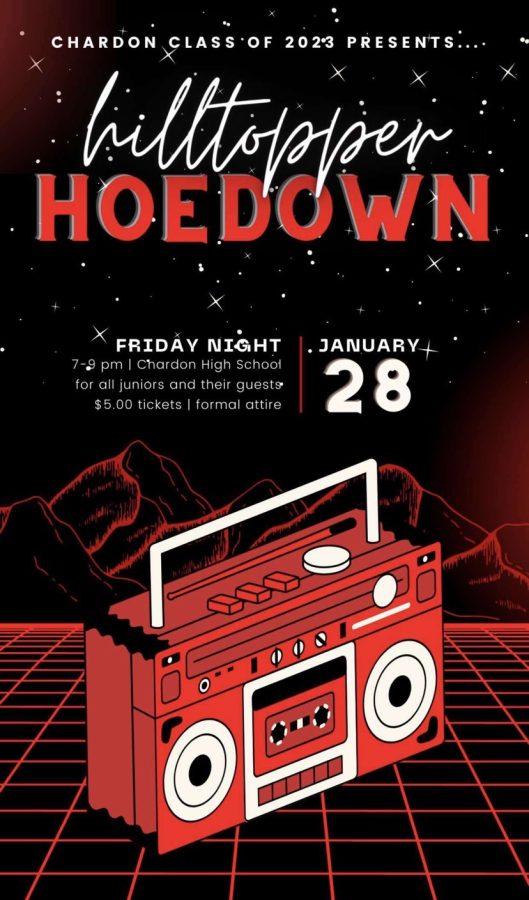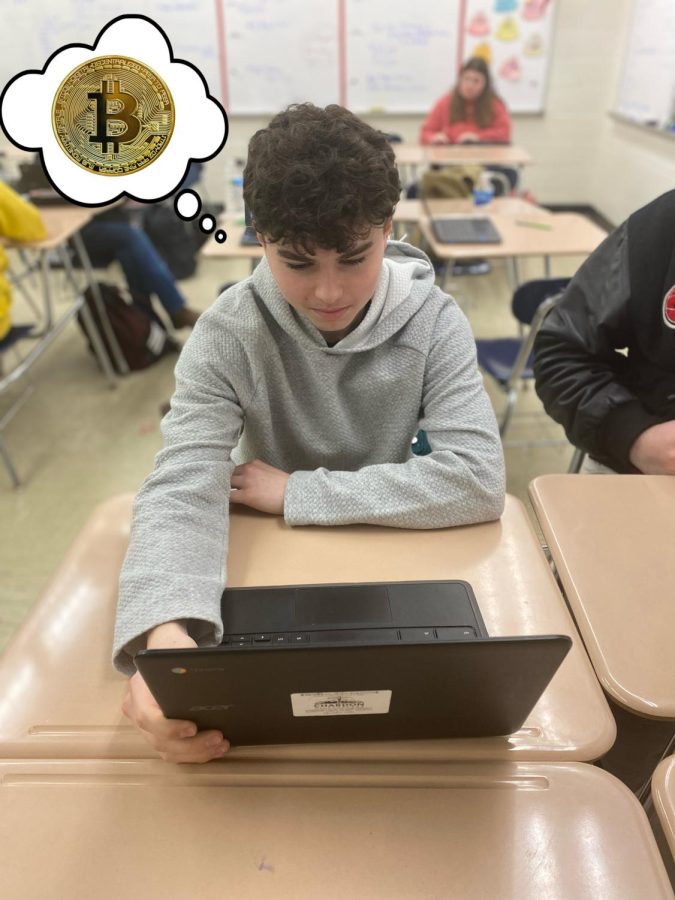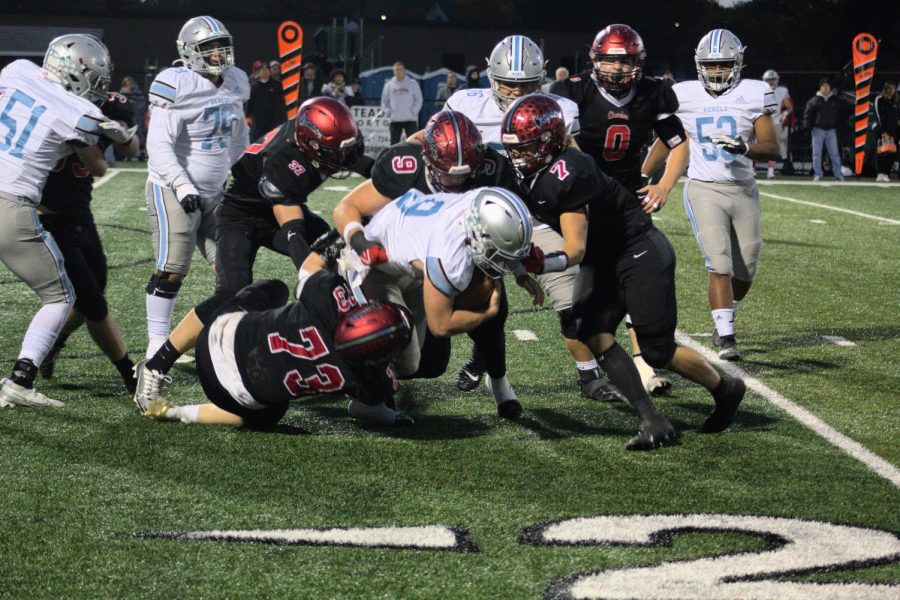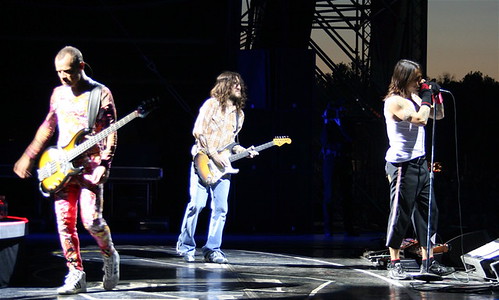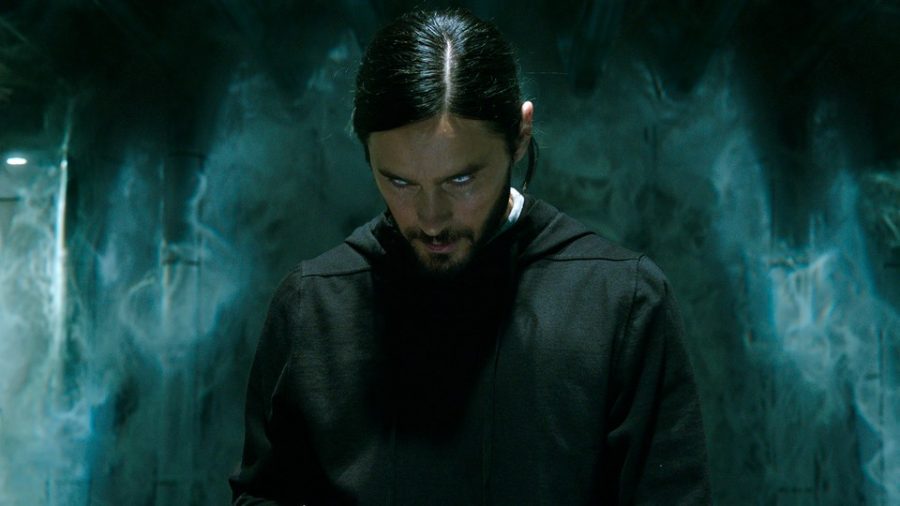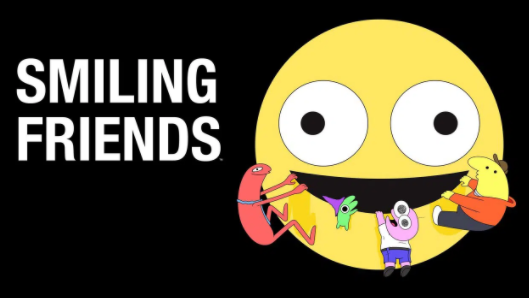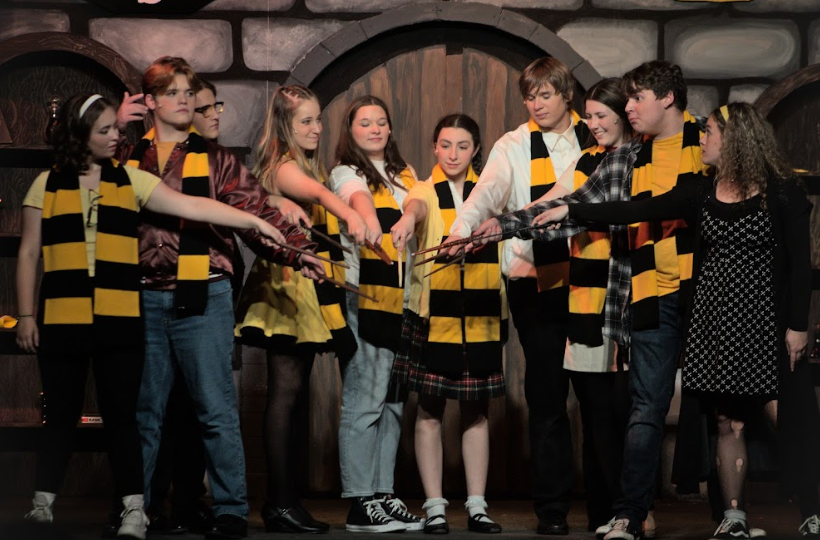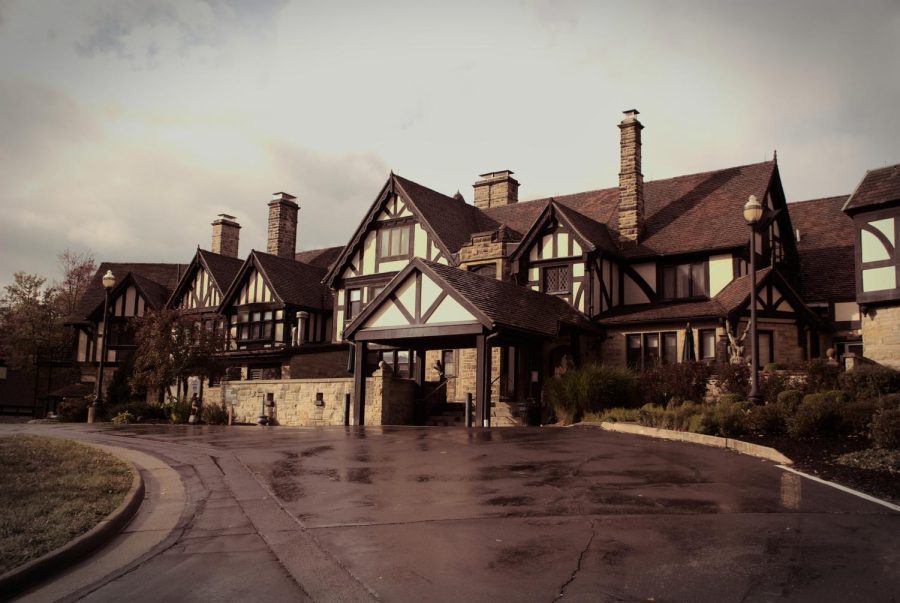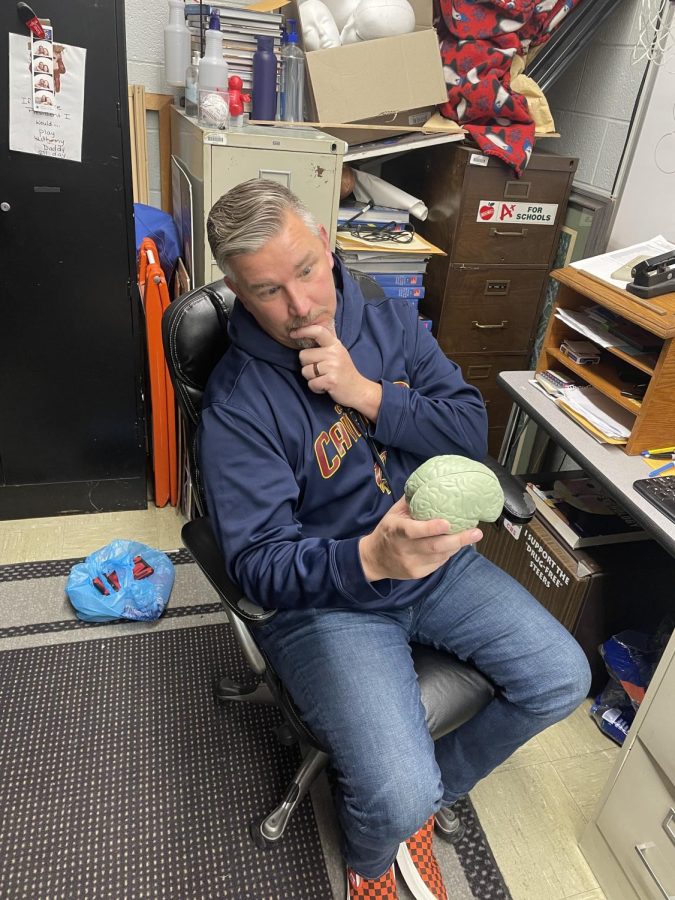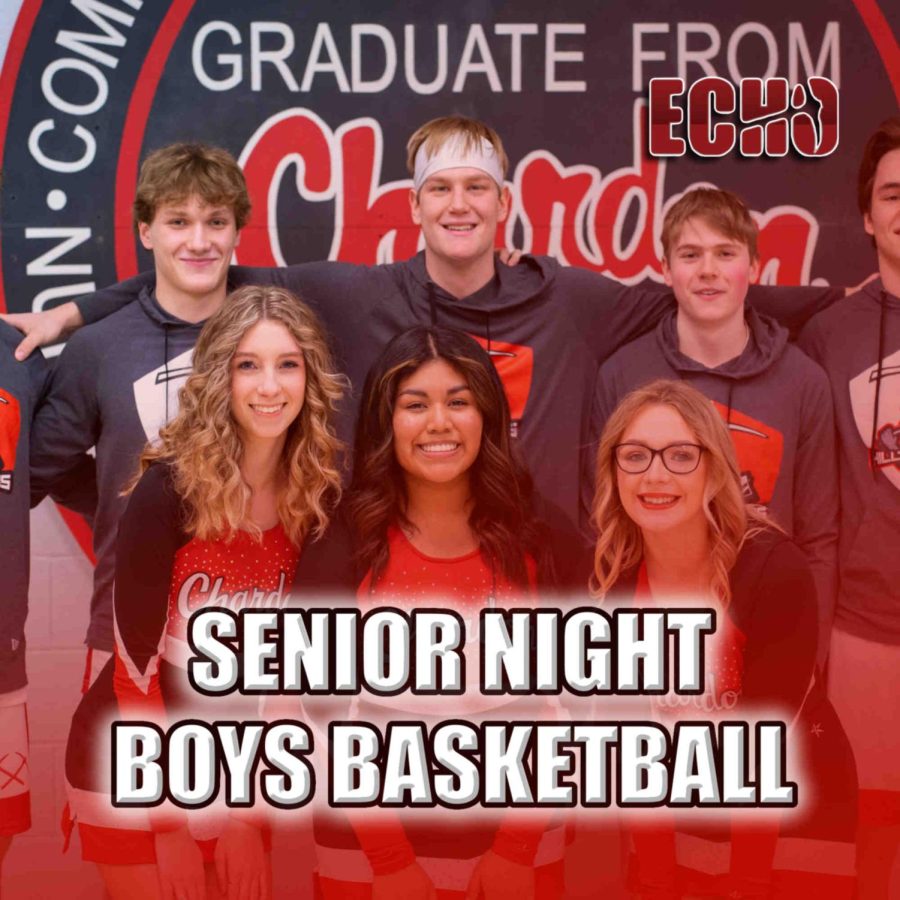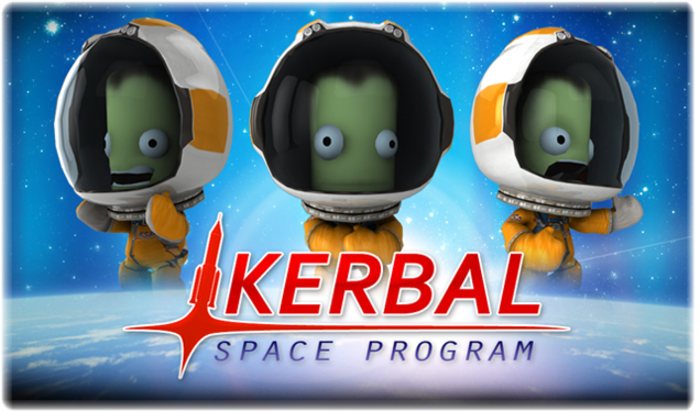Some common complaints amongst concerned parents about their children playing video games are, “It’s too violent!” or, “It’s rotting their brain!” Luckily, there is an alternate option for all children, and it does not involve guns or blood. There will be however, many, many explosions and science!
The Kerbal Space Program is a very humorous and quirky space flight simulator developed and published by Squad. As any logical person can guess, this game is about space: from sending a probe to the Mün (which is the equivalent to the Moon in this game), to building a space station, or sending a rover to Duna (equivalent of Mars). The Kerbal Space Program is a sandbox, meaning you can do anything you want. The game’s focus is very much on discovery and mystery, as Squad put many secrets into this game. However, the joy of Kerbal Space Program is not only when things go right, but also when things go horribly wrong. Unless you are certified in Aerospace Engineering, your spacecraft will most likely explode repeated times. Luckily, the explosions are exciting and energetic. So, when the spaceship that you spent half an hour building starts breaking apart and plummets towards your home planet of Kerbin, you can slightly enjoy the explosions while your heart breaks at the same time.
Another charming aspect of the game is Squad’s sense of humor, which is mostly based on stupidity. While Squad may take advantage of your inexperience to apply humor, as many of us are in fact not rocket scientists, they usually capitalize on the stupidity of the Kerbals. What are the Kerbals? They are small, stubby, green bipeds with very large eyes that lack a nose. The most famous and loved Kerbals are Jebediah, Bill, and Bob. Each Kerbal is unique in two areas: bravery and stupidity. At the moment, it seems each of these traits has little effect, other than the evident lack of courage your Kerbals have as you watch them scream in terror while they plummet towards the ground.
The most amazing aspect of this game though, is the science! Squad made sure this game properly demonstrated Newtonian physics, while still managing to provide a lower difficulty level. The creators purposefully made most of the planets in the game remarkably smaller than their real-world counterparts. This makes it an easier environment for newcomers, as it is much easier to enter an orbit around these smaller planets because it requires much less delta v (the “effort” needed to change from one trajectory to another). Space planes and multistage rockets both are affected by areas of thrust and how strongly joints are connected.
Junior Bradley Caldwell does not think he can handle the difficulty in this game, stating “I’m not a rocket scientist!”
Junior Adam Brown says that “[Kerbal Space Program] is probably not for everyone, but I’ll definitely check it out.”
In an interview with gatheryourparty.com, lead developer Felipe Falanghe stated that there were not many limitations to what the Unity Engine can handle while developing the game. “So far, the Unity engine has proven to have been a very good choice for us, and really, none of the limitations we’ve had to work around in developing KSP are something you wouldn’t also have found in other game engines. So I don’t think there were any cases where a technical limitation stood in the way of our views for the project badly enough that we had to change the concept around it. “
So, if you have a project for demonstrating Newtonian physics, why not use Kerbal Space Program? If you want to show your parents how educational video games can be, why not use Kerbal Space Program? If you want to be an amateur rocket scientist, why not use Kerbal Space Program?
The game is currently in progress with a recent update to version .22. However, you can also get a free demo of the game, although it does not have most of the features of the paid version. The game is available on both their website at kerbalspaceprogram.com and on Valve’s Steam Store at store.steampowered.com both for the price of $23.




